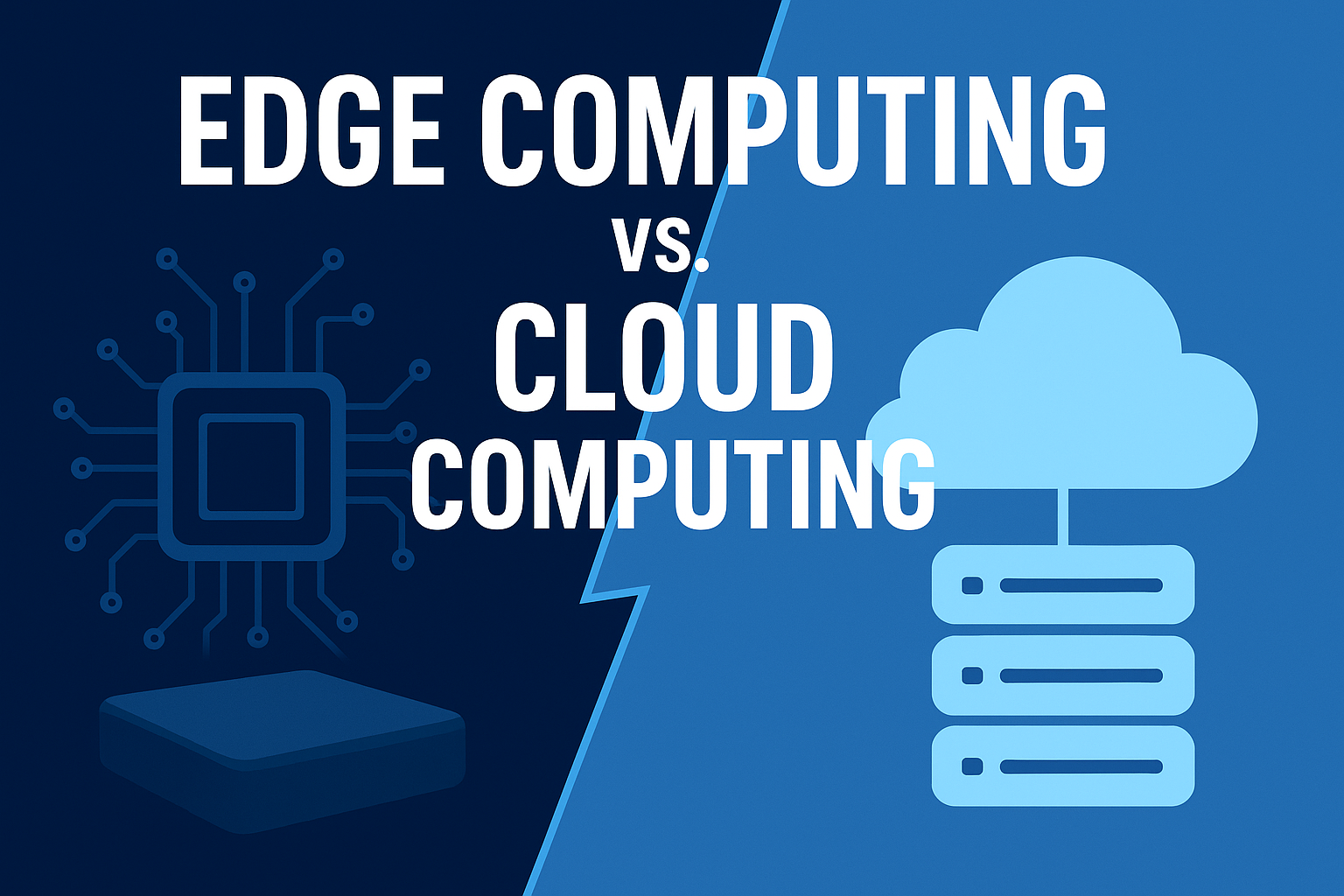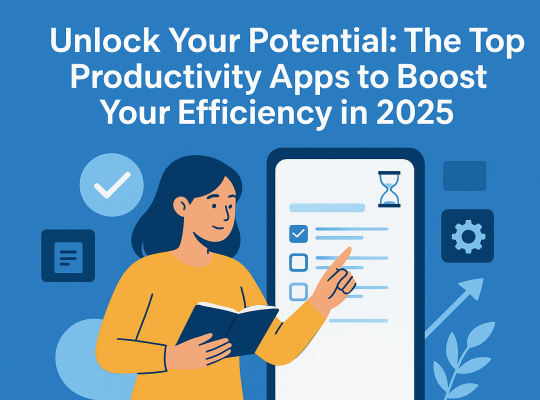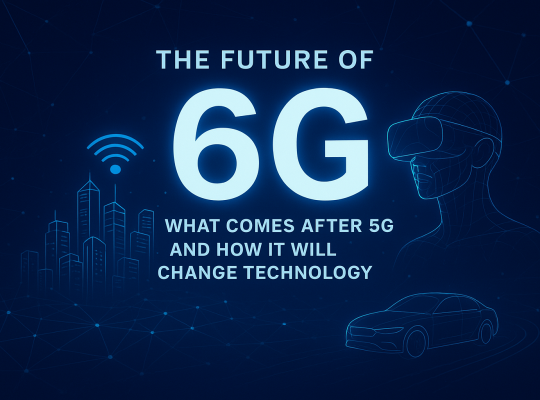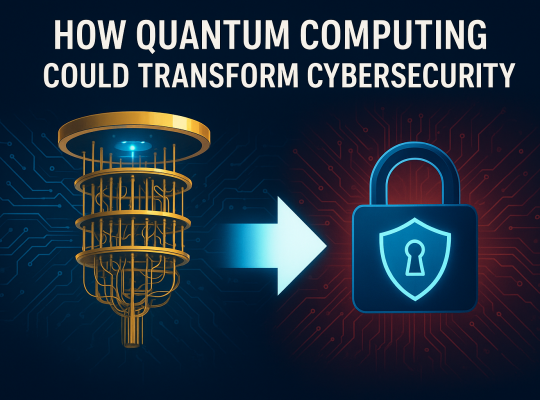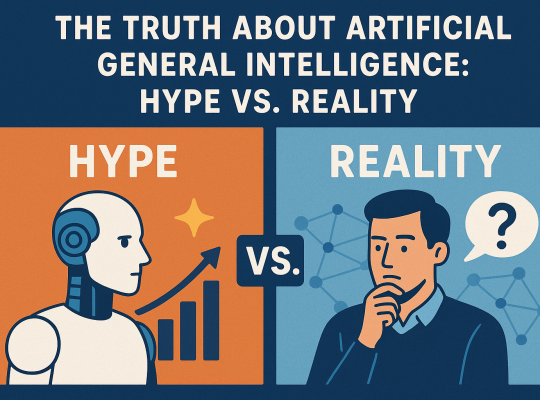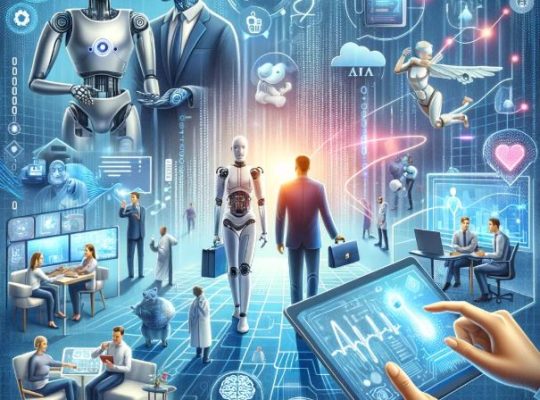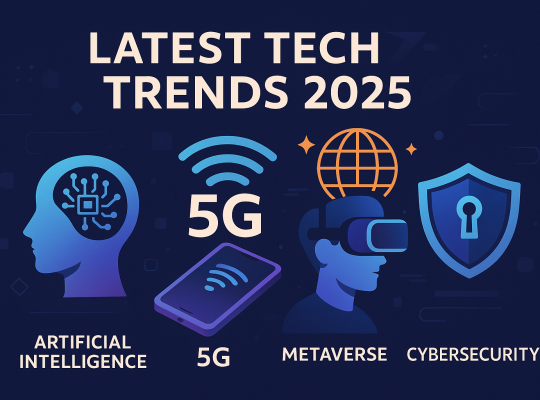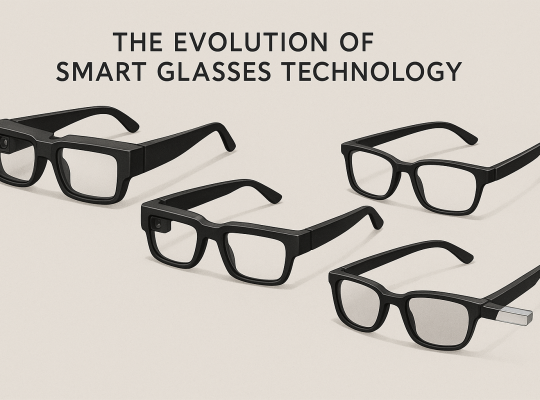In a world increasingly defined by data, the battle between edge computing and cloud computing has emerged as a pivotal theme in the evolution of digital infrastructure. As businesses strive for efficiency, speed, and security, understanding the nuances of these two technologies is essential. Edge computing brings data processing closer to the source, enabling real-time analytics and reducing latency, while cloud computing offers vast storage and scalability from a centralized hub. This clash of titans is not just a technological debate; it’s a fundamental shift in how organizations approach data management, operational strategy, and customer experience. Join us as we delve into this compelling confrontation, exploring the strengths and weaknesses of each, and discover which paradigm is poised to dominate the future of data processing. The implications reach far and wide, affecting everything from IoT devices to enterprise architecture—it’s a battle that will shape the very fabric of our connected world.
Key Differences Between Edge and Cloud Computing
While both edge computing and cloud computing aim to optimize how data is stored and processed, they operate on fundamentally different models:
-
Data Processing Location: Edge computing processes data at or near the source (such as IoT devices or local servers), while cloud computing processes data in centralized, remote data centers.
-
Latency: Edge computing drastically reduces latency by avoiding the long trip to centralized servers. Cloud computing, on the other hand, often involves higher latency due to distance.
-
Scalability: Cloud services offer virtually unlimited scalability, whereas edge solutions are limited by the physical infrastructure deployed locally.
-
Cost Model: Cloud computing typically follows a pay-as-you-go model, while edge requires investment in local hardware and maintenance.
Understanding these distinctions is critical for businesses planning digital strategies in industries ranging from healthcare to manufacturing.
Advantages of Edge Computing
Edge computing has gained momentum due to its unique benefits:
-
Ultra-Low Latency – Ideal for real-time applications like autonomous vehicles or smart manufacturing.
-
Bandwidth Optimization – Reduces the need to send massive amounts of data to the cloud, cutting network costs.
-
Offline Capabilities – Functions can continue even if internet connectivity is unstable or unavailable.
-
Enhanced Privacy – Sensitive data can be processed locally, reducing exposure to external threats.
This makes edge computing particularly attractive for IoT-driven environments where speed and local autonomy are crucial.
Advantages of Cloud Computing
Cloud computing remains the backbone of modern digital infrastructure because of:
-
Scalability and Flexibility – Businesses can quickly scale up or down without investing in physical infrastructure.
-
Cost-Efficiency – Pay-per-use models reduce upfront capital expenditure.
-
Global Accessibility – Data and applications are available from anywhere with internet connectivity.
-
Robust Security and Compliance – Leading cloud providers invest heavily in cybersecurity, certifications, and compliance frameworks.
For enterprises requiring massive data storage, collaboration, and advanced analytics, cloud remains indispensable.
Use Cases for Edge Computing
Edge computing excels in scenarios requiring instant data processing:
-
Autonomous Vehicles – Real-time decision-making for navigation and safety.
-
Industrial IoT (IIoT) – Machinery monitoring, predictive maintenance, and process optimization.
-
Healthcare – Patient monitoring systems that require immediate data insights.
-
Retail – Personalized customer experiences powered by on-site data processing.
Use Cases for Cloud Computing
Cloud computing is the preferred choice for scalable and centralized workloads:
-
Enterprise Applications – ERP, CRM, and HR platforms.
-
Big Data Analytics – Processing vast datasets for business intelligence.
-
Content Delivery Networks (CDNs) – Streaming services, online gaming, and SaaS platforms.
-
Disaster Recovery – Cloud backups ensure business continuity and resilience.
Security Considerations in Edge and Cloud Computing
Security remains a top concern for both paradigms:
-
Edge Computing Risks: Decentralized infrastructure increases attack surfaces, requiring robust device authentication and endpoint security.
-
Cloud Computing Risks: Centralized storage can be a high-value target for cyberattacks, making encryption, compliance, and access management essential.
Organizations must adopt hybrid security frameworks, combining local safeguards with cloud provider protections, to minimize vulnerabilities.
Future Trends in Data Processing: Edge vs. Cloud
The future of data processing will not be an either/or scenario—it will be hybrid. Trends include:
-
5G Integration – Empowering edge devices with faster connectivity.
-
AI at the Edge – Bringing artificial intelligence closer to data sources for real-time insights.
-
Multi-Cloud Strategies – Avoiding vendor lock-in by diversifying across providers.
-
Sustainable Computing – Both edge and cloud are moving toward greener, energy-efficient infrastructures.
How to Choose Between Edge and Cloud Solutions
When deciding between edge and cloud computing, consider:
-
Application Requirements: Does your use case demand real-time processing or large-scale data storage?
-
Budget: Edge requires hardware investment; cloud offers flexible operational costs.
-
Compliance and Security Needs: Sensitive industries may benefit from localized edge processing.
-
Scalability: Cloud provides unmatched elasticity, while edge excels in localized efficiency.
For many businesses, a hybrid model—leveraging both edge and cloud—offers the best of both worlds.
Conclusion: The Future Landscape of Data Processing
The debate of edge computing vs. cloud computing is less about one replacing the other and more about finding balance. Edge computing brings speed, autonomy, and localized intelligence, while cloud computing delivers scalability, collaboration, and massive data handling power. Together, they will shape the future of industries, from healthcare to transportation and beyond.
Organizations that adopt a strategic hybrid approach will be best positioned to thrive in the era of intelligent, data-driven infrastructure.

